Is Coffee bad for you?
John is a law enforcement officer, an immigration official. He likes his job; he gets to do shift that's to say his not on a permanent morning or night duty. The minimum shift John does is 8 hours which can run up to 24 hours. John could be assigned to watch over illegal immigrants that have committed one crime or the other, arrest, send to a processing unit and so on. Sometimes, he is assigned to repatriate them to their home country.
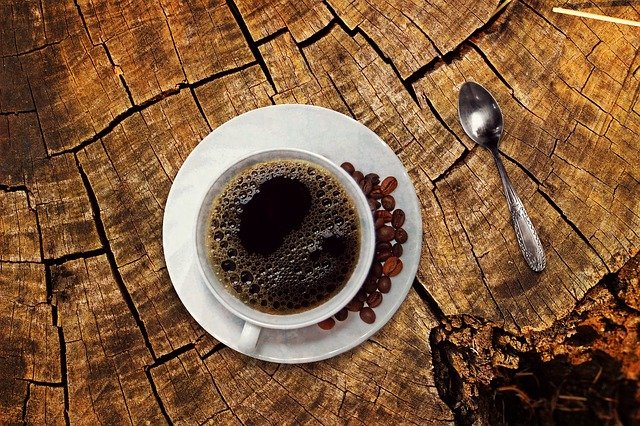
Pixabay: A cup coffee and coffee bean
John takes Byran to school or brings him home whenever he has the chance to do so. Bryan is six years old, on their way going or coming, John would stop at a particular shop take a coffee cup, fill it up and would not allow Byran to do the same. "Daddy, why is that you do not let me take my coffee cup from the shop?" Says Bryan. John told Byran to take candy instead, that the coffee helps him to stay awake at work. Byran knows that his dad is a sleepy head as he would ask mom "Why is daddy sleeping too much" as he wonders if he sleeps like that at work. Then, there was another question, "What is coffee made off?" suddenly, John realised that he does not know how coffee is processed.
Start and finish of Coffee.
- Planting and Nursing
Coffee Cherry Harvesting.
It takes between three to five years depending on the variety of the planted coffee before it starts bearing fruits. The cherry is bright and deep red when ripe.
Coffee cherries are harvested by hand or in mechanised fashion; there are two ways in which the cherry is harvested.Strip Picked: this is a method of collecting all the cherries off the branch at once either by hand or machine.
Selective Picked: This technique allows harvesting of only the ripe cherries by hand. This method enables just the cherries at the peak of its ripeness be picked. Selective Picking is more labour intensive and costly method of harvesting coffee.
Processing Coffee
Processing starts immediately after harvesting to avoid fruits spoilage. There are two types of processing:Dry Technique: This is the old-fashion way, but still used in many countries. The freshly picked cherries are spread in the sun and allowed to dry. The cherries are turned throughout the day to avoid spoiling and covered at night.
Wet Technique: this method removes the pulp from the coffee such that the cherries are dried with the parchment skin. A pulping machine is used to remove this skin. The coffee beans are passed through a water channel to make the lighter seeds float, the more massive beans sink. The beans are passed through a series of rotating drums to separate them by size. The coffee beans are moved to a water-filled tank for fermentation; the fermentation process takes between 12 hours to 48 hours. When fermentation is over, the seeds are rinsed and ready to be dried.
Drying
After processing by Wet Technique, the beans are dried up to 11% moisture by storage. Drying is done using a machine or spreads out in the sun. The dried beans are called Parchment coffee. This is further processed by Hulling and Polishing before being exported.
Hulling and Polishing using a machine to remove parchment from a wet-processed coffee that is removing the exocarp, endocarp etc. from the dried coffee. Coffee beans are sorted by weight and size; other imperfections are reviewed. Hand or machinery removes defective coffee beans.
Typically, the bean size is represented on a scale of 10 to 20. The number represents the size of a round hole's diameter regarding 1/64's of an inch. A number 10 bean would be the approximate size of a hole in a diameter of 10/64 of an inch, and a number 15 bean, 15/64 of an inch. Source
A recent review of coffee on Published in British Medical Journal found that coffee seems healthy when consumption is less than four cups a day, and more likely to provide health benefit than harm at the consumption level.
Previous studies showed that Coffee helps to reduce the risk of Computer-related back pain, prostate cancer, type 2 diabetes, Liver diseases, heart diseases, etc. Some of the active ingredients are caffeine, chlorogenic acid, diterpenes. The biochemical mixture of the final cup is determined by a degree of roasting, and method of preparation including grinding or brew type.
This research shows some area of concerns; it found that consumption of more than four cups a day during pregnancy was associated with stillbirths and low weight.
Healthy coffee consumption should avoid using too many calorie-laden creams, sugar and flavours. A cup of coffee in these studies refers to 8 ounces; the standard 'grande cup' is 16 Ounces.
How Coffee helps us to stay awake
Roasted coffee contains over 1000 bioactive compounds, one which is caffeine. Caffeine is a natural stimulant found in a coffee bean. The amount of caffeine in a coffee depends on factors such the type of coffee bean or how the coffee is brewed. Caffeine is that active ingredient in coffee that helps us to stay awake after taking coffee.
To understand the effects of caffeine, let discuss what makes us sleep.
During the day, we found ourselves doing different activities both physical or mental. The brain functions to coordinate these activities. while doing this, neurons produce small quantities of Adenosine. Because this a gradual, person feels drowsy over time. Therefore, as the brain uses energy during the day, Adenosine level increases and binds to Adenosine Receptors to cause sleep. The high Adenosine in the brain indicates that the brain has been very active and the person would fall asleep. During sleep, the brain can replenish it's energy reserve and starts to eliminate Adenosine. Eventually, not enough Adenosine would be in the brain to active Adenosine Receptors, the person will then wake up from sleep and feel refresh.
Caffeine and Adenosine have similar molecular structure this means that Caffeine can bind to Adenosine receptors but since they are not the same, caffeine cannot activate those receptors. What caffeine does is to compete with the adenosine for the receptors making more it difficult for adenosine to activate those receptors to cause sleepiness. This how caffeine makes you alert by decreasing the sensitivity of your neurons to adenosine.
Caffeine does not only the keep adenosine in check, but it also causes the production of adrenaline and increases the heart rate which keeps you well pumped.Conclusion
Coffee consumption when pregnant is not advisable as it may have some adverse effects on the unborn child. Other than this, moderate coffee consumption is relatively safe.
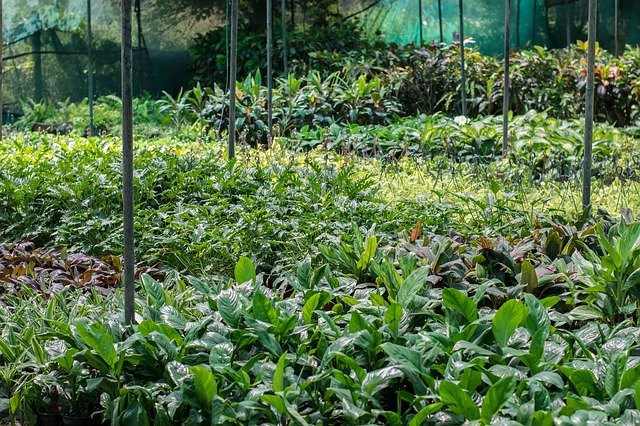
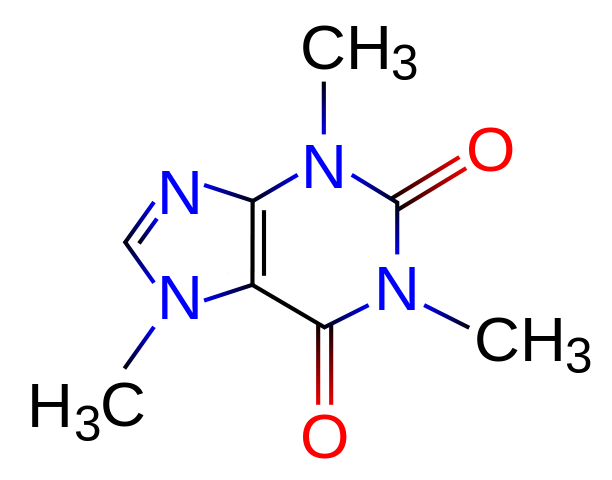
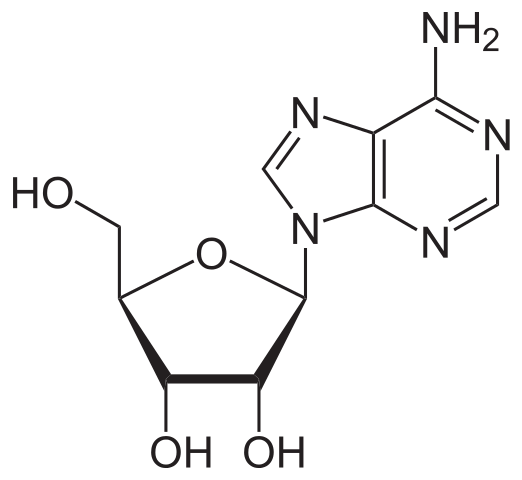
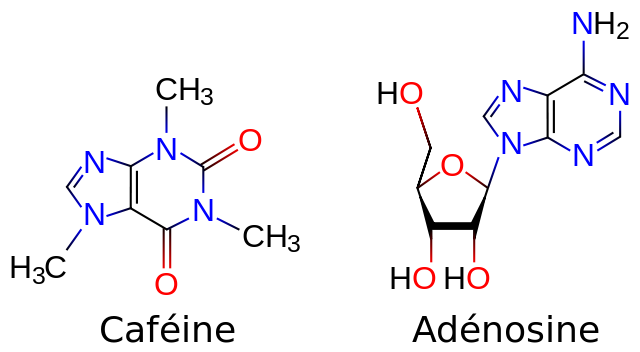
Coffee is quite addictive. While I admire the ability of the stuff to bring one to life, I sometimes worry that I might become addicted. A very informative post. Thanks for taking the time to share. All the best.
Coffee seems to be addictive because of competition between Caffeine and Adenosine. The addiction happens when neurons are releasing more adenosine to counter caffeine. Therefore, more coffee is needed
You make is sound so simple. Thanks for the response.
As Nnamdi Azikiwe said, "The secret to longevity is, everything in moderation."
You are correct Nnamdi Azikiwe.
I believe coffee vitalizes and refreshes the mind/brain and is used in menu energy drinks due to helping with concentration!
#coffeeaddict
Yes it is,